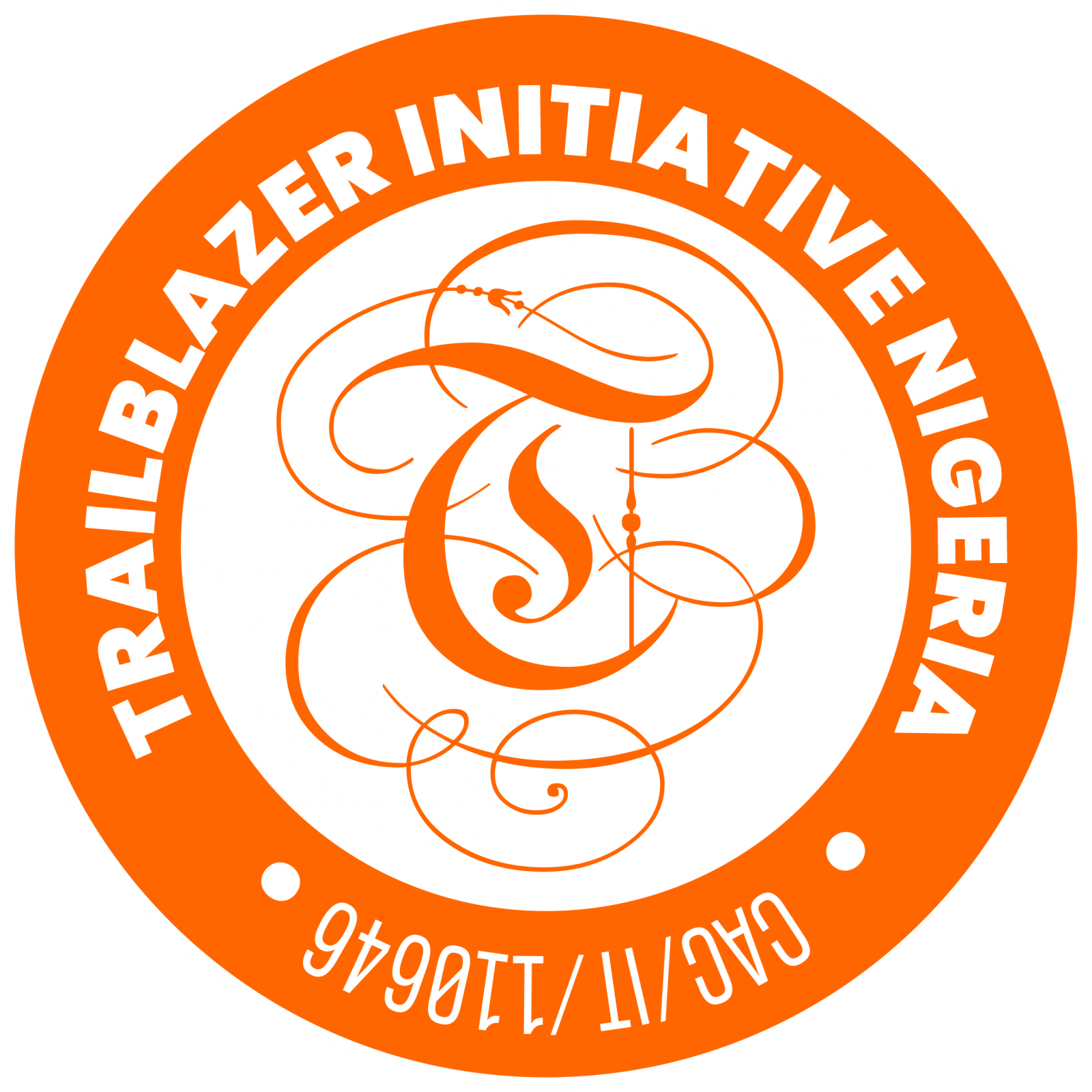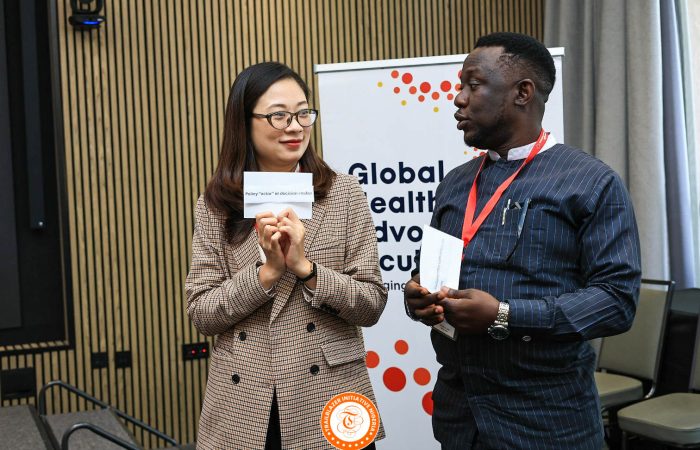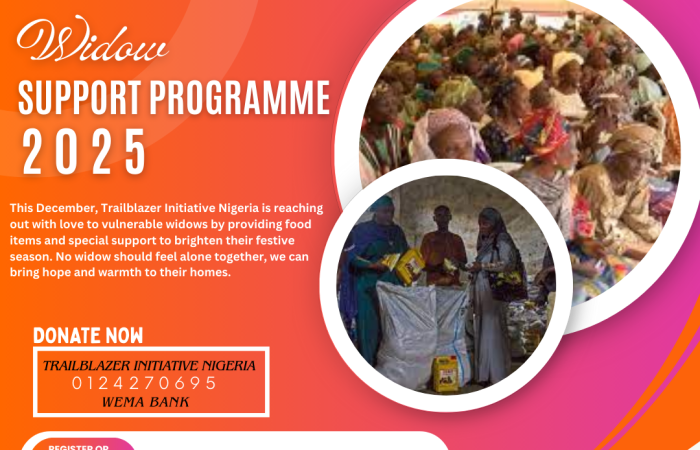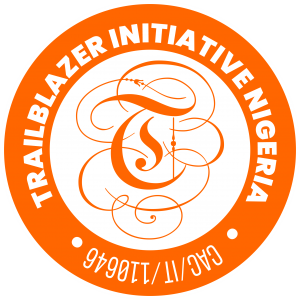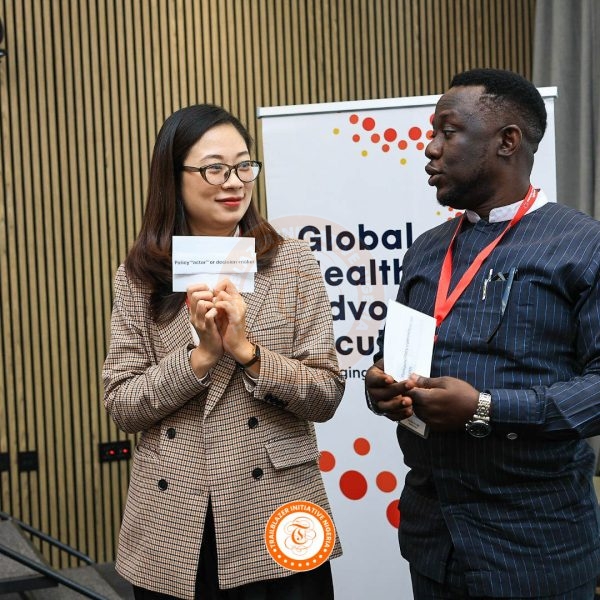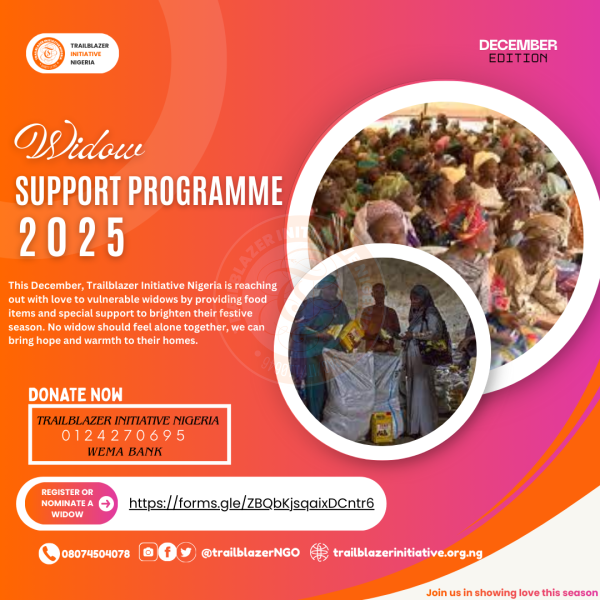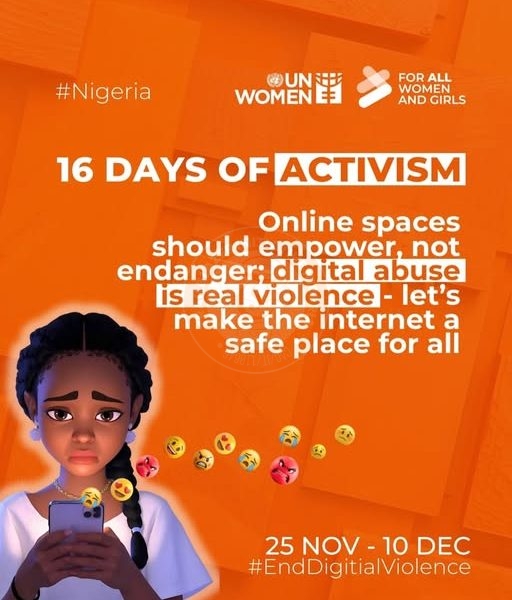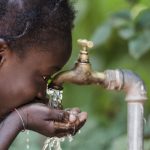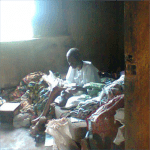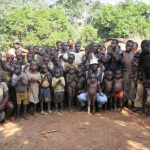In today’s fundraising landscape, it goes without saying that story is king.
As human beings, our brains are hard-wired for stories. Once we hear or read the first few lines of a tale, we latch on. We’re compelled to find out what happens through the climax – and we’re not satisfied until our questions are answered and the loose ends are tied up at the resolution.
Marketers in nearly every industry (including the development and social enterprise sectors) are well aware of this power – and they’ve been smart to employ stories to motivate their customers and donors to take action. When used correctly, stories can also help donors personally connect with your organization and understand the impact of even the most technical programs.
But with great power comes great responsibility. Since stories involve real, living breathing humans – and the details of their lives – there are a few things to keep in mind to make sure the words you share are truly helping, not hurting. Here are five important considerations to make employing stories in your fundraising efforts.
1. The power of the narrative arc
As a development professional, it’s exciting to be able to share how your organization is succeeding in seeking justice. But with every story you share, you’re creating a narrative. Is yours one of pity and shame – or dignity and capacity?
Start by making an inventory of all of the story-based content you’ve shared with your current and potential donors: tweets, blogs posts, brochures and mailers. Ask people from different parts of your organization to review them together to pick out tones and themes. What themes emerge? How do the pieces make them feel? What’s the problem or issue you’re confronting? Who is solving it? And finally, what types of stories are missing?
2. The danger of a single story
As you write funding appeals, post on social media and edit videos of your programs, you’re shaping the way potential supporters understand the work you do and, most importantly, the reasons why you do it. In every channel of communication, you have the opportunity to connect people across the world to your organization and the people it serves. This might be the only connection some of your donors ever have with the region you work in. That means you have the exciting, intricate task of communicating the focus of your programs while placing them into the context of the broader culture they’re taking place in.
In her essential TED talk, (take the time to watch this one if you haven’t!) Chimamanda Ngozi Adichie said, “The single story creates stereotypes, and the problem with stereotypes is not that they are untrue, but that they are incomplete. They make one story become the only story.”
It will require effort and good planning, but over time, your communications pieces can help your donors understand the complexities of the environment you work in and the beauty that exists in the diversity of the populations you partner with. Avoid oversimplification. Share a variety of perspectives. Collaborate with different teams across your organization. If you’re not native to the place you’re writing about, ask local staff to give feedback on what you plan to share. Discover the stories that aren’t often heard.
3. The cast of characters
If you’re fundraising, you’re probably going to spend some time communicating with a privileged audience. To bring in their donations, it can be tempting to tell a simple story that places donors in the “hero” role. Often, this approach zooms the lens in on the weaknesses and problems of the people your donors most want to help.
In the West, we’ve somehow picked up the notion that we’ve got enough resources and manpower to solve the world’s most pressing problems. But this course of thinking and action leaves no room for the truth: that the even the most vulnerable groups have tremendous capacity to improve their own communities.
In the United States, some donors have been conditioned by stories that strip the vulnerable of their dignity. We see images of malnourished children swarmed with flies or women shuffling along dirt roads in ragged clothing. That’s when we step in as the hero. We give because it makes us feel good, and because we think we’re the only ones who can help. At the end of TV commercials, we hear the question again and again: “can you give just one dollar a day to feed this child?” But few of us ever think to ask the important counter-questions: “Why aren’t I partnering with that child’s community? What are the strengths of that community? How can we listen to and empower them as they strengthen their own children?”
The “donor as hero” narrative can reduce human beings into objects of pity and perpetuate a stereotype of incapacity. This storytelling dynamic also falls short because it reduces a person’s identity to their need. It simplifies a complex situation into a problem to be solved through a donation. This is a tragic, damaging way for a person to be known. When donors are only asked to “feed a child” or “save a woman from poverty”, they aren’t invited to glimpse the humanity of the people they hope to help. They often don’t realize that charity isn’t a long-term solution for systemic issues.
You can go against the grain to tell a different story. You can educate and invite your donors to partner with your organization and its beneficiaries. Share stories of progress and innovation. Highlight local solutions and leadership. Speak the language of hope. This leaves room for your audience to witness the capacity of those you serve as they overcome real, pressing challenges in their contexts.
4. The connections between us
Researchers at the University of Pennsylvania found that donors were more likely to sympathize and give money if they heard the story of an individual beneficiary, as opposed to a more general program fund or cause. When one person’s story is pulled out from a faceless mass of statistical data, it can seem like hope is restored. There’s a greater sense that change is possible – and that even donors who give small amounts can make a difference.
But if donors are giving out of sympathy alone, we as NGO communicators are doing our donors a disservice.
Dr. Brene Brown, a leading researcher and author on vulnerability, makes a critical distinction between sympathy and empathy. “Empathy fuels connection. Sympathy drives disconnection…Empathy is feeling WITH another person, taking their perspective,” she explained in this video. “I have to connect with something within myself that knows that feeling.”
If our goal is to simply solicit donations, then stopping at sympathy is fine. But if true justice – deep, lasting change – is our goal, we need to invite donors to step onto common ground with the people they’re supporting. We can begin that process by recognizing that everyone – donors and beneficiaries and development professionals alike – has lived in the midst of brokenness and joy, weakness and strength.
5. The ongoing conversation
As communicators and fundraisers, we are marketers. We are conversation leaders. We have the power to shape and change narratives, confront stereotypes and do the work of justice with our words. As we share stories of our work, we’re marketing our organizations to the world.
And according to marketing expert and author Seth Godin, we can do this in one of two ways: there’s marketing that “takes advantage of customers’ (donors!) wants and needs as they already exist or there’s marketing that shows up and says, ‘No. I want to change people. I want to change perceptions. I want to change how people spend their day.’
You have the opportunity to invite the people who care about your work to change the way they think about giving – and the way they think about the people they’re giving to. This is important work. It’s hard work. It’s slow work. But you can do it.
It starts with the way you tell your next story.
